Can heat sinks be used in 5G communication equipment?
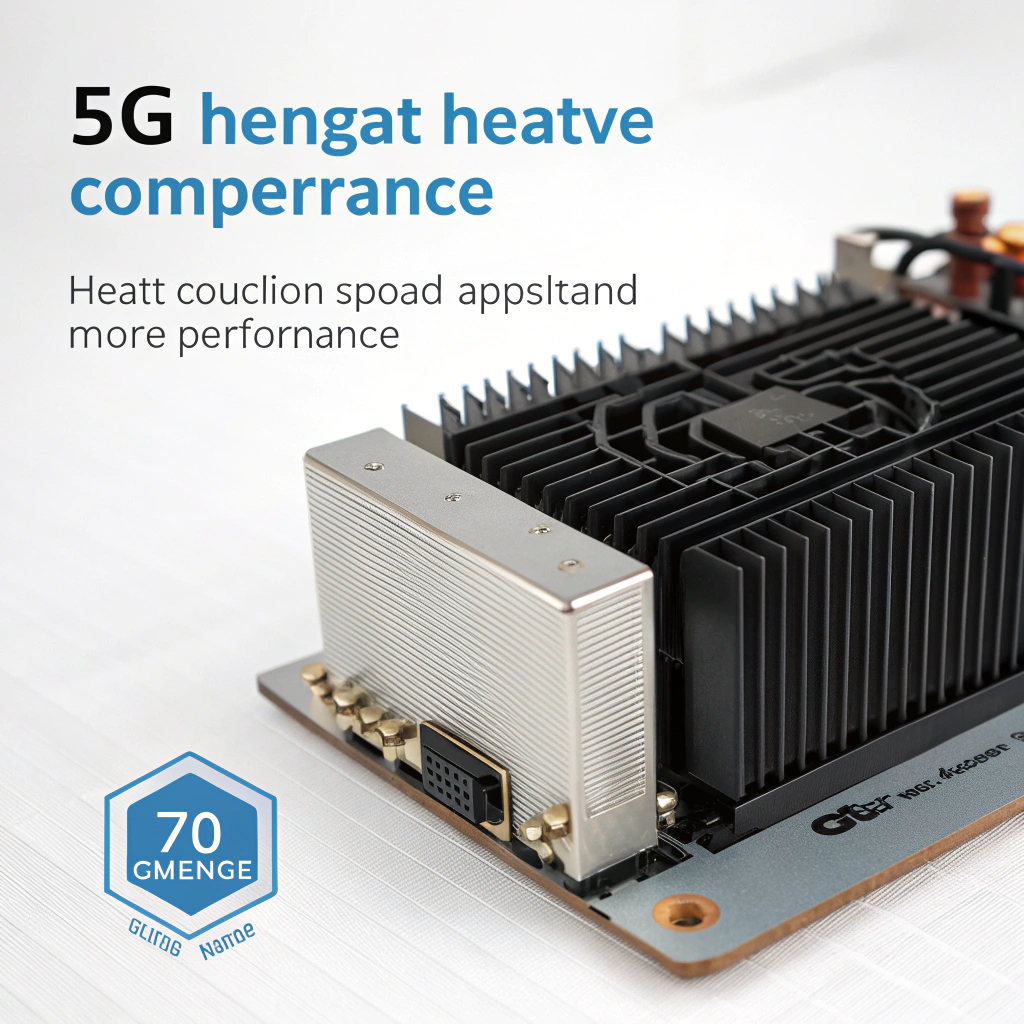
5G systems run hotter and tighter than ever. Using the wrong heat sink could cause overheating or even device shutdown.
Yes, properly designed heat sinks are widely used in 5G telecom gear to manage dense thermal loads and withstand demanding environments.
I always consider thermal power, airflow limits, frequency shielding, and structural needs before choosing a heat sink for 5G.
Can your heat sinks be used in 5G communication equipment?
5G devices pack power into tight spaces. They need precise thermal control or they overheat fast.
Yes, our heat sinks can cool 5G power amplifiers, RF modules, and base station units with tight airflow and high thermal loads.
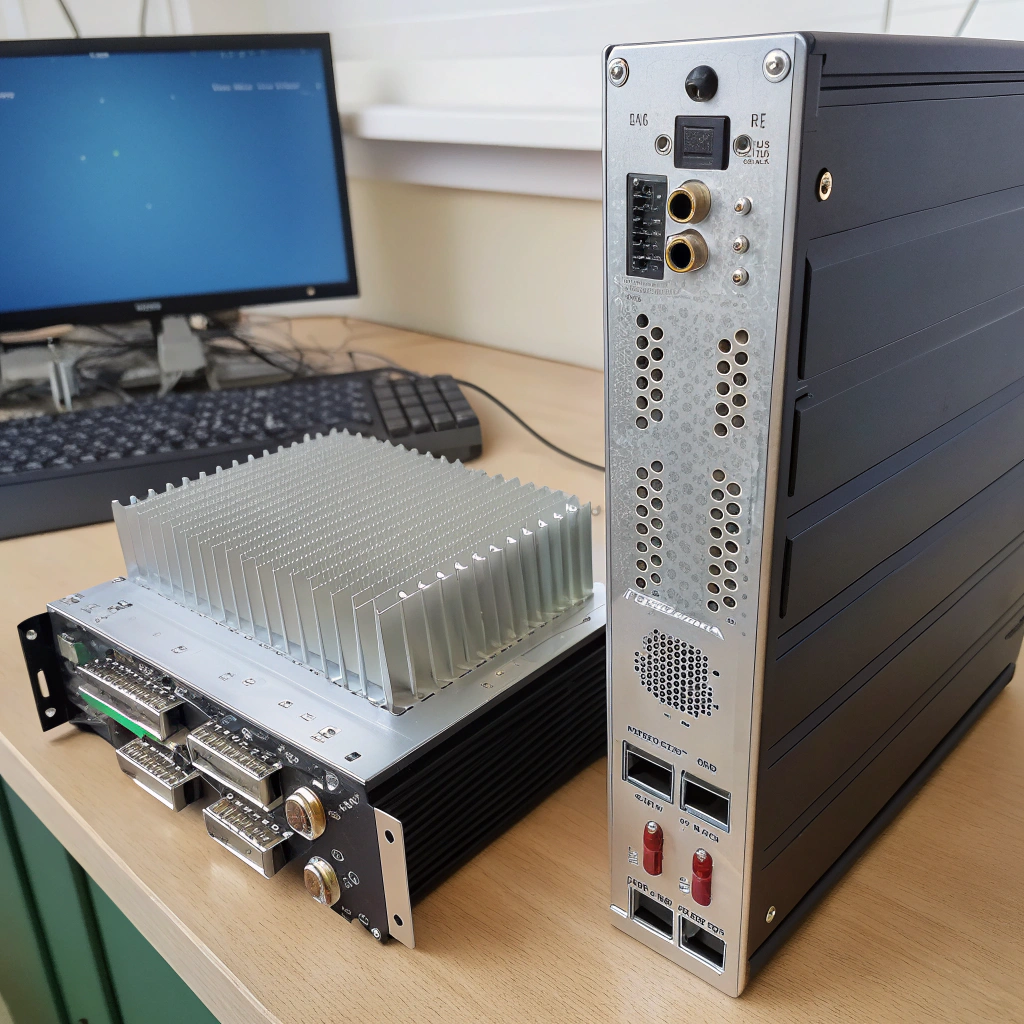
What makes a heat sink 5G-ready?
| الميزة | Why It Matters in 5G |
|---|---|
| High thermal capacity | 5G chips run hotter than 4G or Wi-Fi |
| Compact structure | Small modules need slim cooling designs |
| EMC-safe material | Avoids RF interference |
| المتانة في الهواء الطلق | Handles wind, rain, and corrosion |
| Precision mounting | Ensures even contact with hot spots |
I’ve worked on heat sinks used in remote radio heads (RRH), power modules, and 5G antennas. Many of these use special airflow paths, integrated heat pipes, or microfins. The key is matching design to each 5G device’s layout.
5G base stations use high-performance heat sinks for thermal control.صحيح
Thermal management is critical in dense, high-power telecom modules.
Standard desktop PC heat sinks are ideal for 5G radios.خطأ
5G environments require compact, rugged, and RF-compatible cooling designs.
What cooling challenges exist in 5G applications?
5G increases performance but also heat. Limited space and airflow make thermal design difficult.
5G equipment faces tight spaces, low airflow, high thermal density, and outdoor exposure—all requiring compact and reliable cooling solutions.
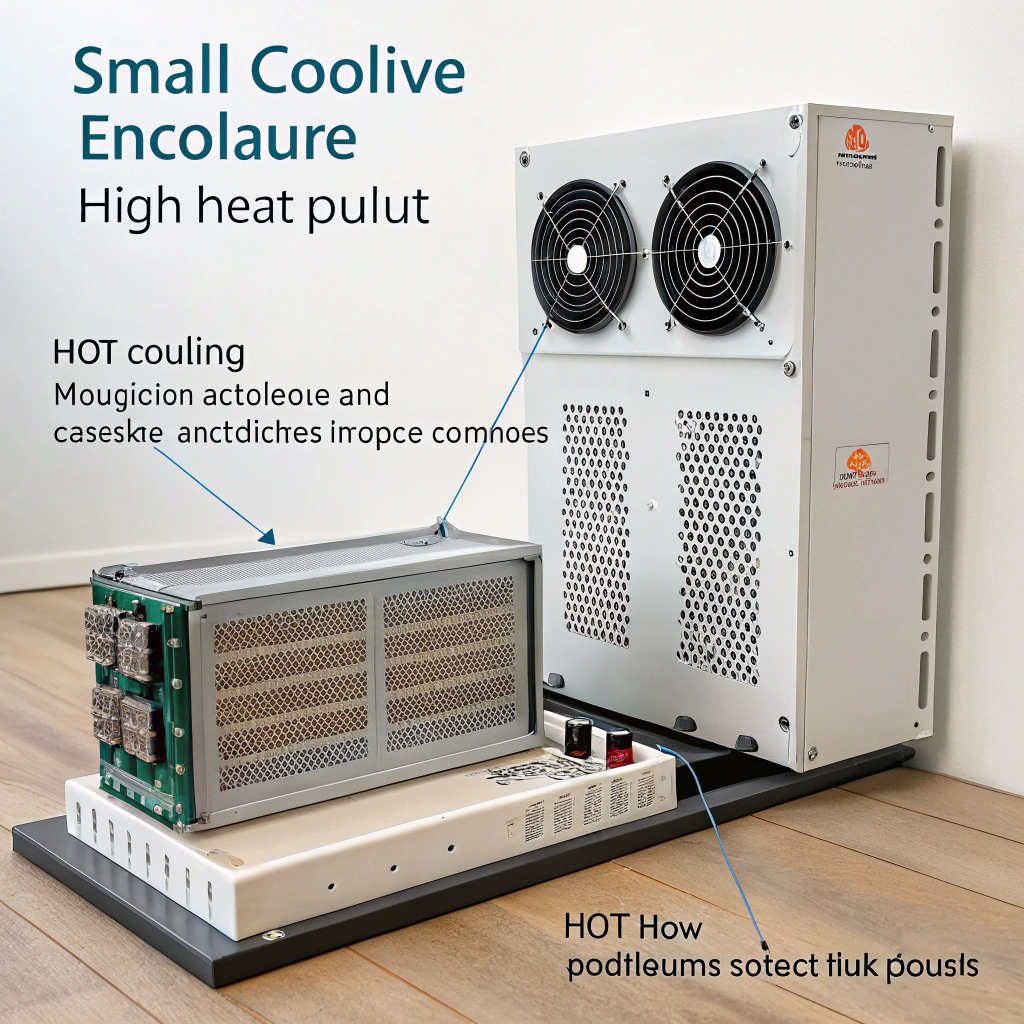
Key Challenges and Solutions
| التحدي | السبب | استراتيجية التصميم |
|---|---|---|
| High power density | Powerful RF amplifiers in small cases | Use copper base + heat pipes or vapor chambers |
| Airflow limitations | Sealed or compact enclosures | Skived fins, V-shape or low-resistance paths |
| Hot spots | Uneven thermal load across modules | Add graphite spreaders or thermal pads |
| Vibration and outdoor stress | Base stations in exposed settings | Reinforced brackets, anodized coating |
| RF interference | Metal heat sinks near antennas | EMC-friendly coating or insulated interface |
I design with these in mind: making airflow smooth, reducing thermal resistance, and integrating heat spreaders. In 5G, the thermal layout is part of the system architecture.
Cooling 5G RF modules requires solving hot spots and airflow limits.صحيح
These modules have small enclosures and high heat output.
Passive cooling is always enough for 5G radios.خطأ
Many 5G systems need active or hybrid cooling strategies.
Have you supplied heat sinks for telecom base stations?
5G base stations need industrial-grade cooling. Off-the-shelf solutions rarely work.
Yes, we have supplied heat sinks for base stations, remote radio units, and RF power modules used in 5G telecom networks.
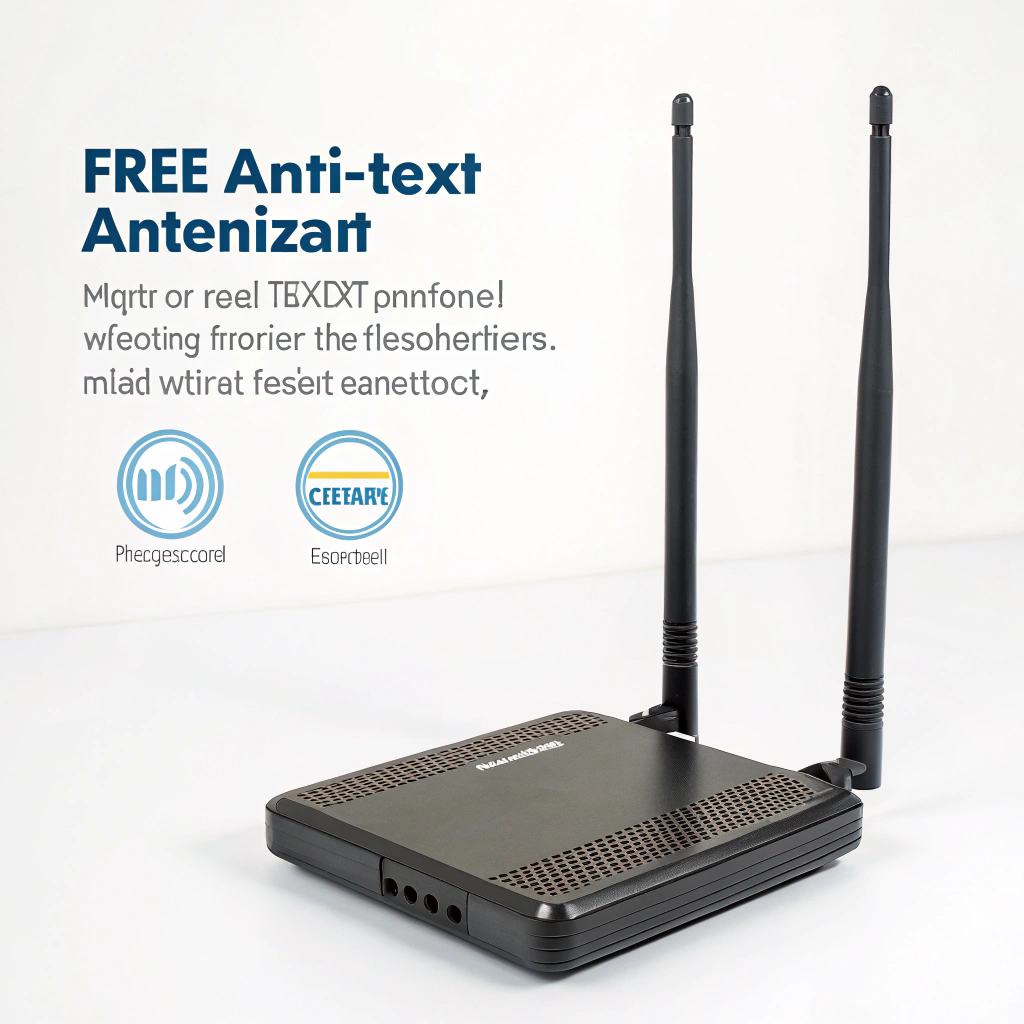
Real-World Applications We’ve Supported
| Module Type | Cooling Design Features |
|---|---|
| RF front-end modules | Thin skived fins + high surface area |
| Power amplifier boards | Copper base + graphite spreader |
| Outdoor remote radio unit | Weather-sealed heat sink with anodizing |
| Antenna-integrated radio | Lightweight aluminum with EMC-safe coating |
I’ve worked with clients to create heat sinks that meet outdoor rating, vibration specs, and long-term exposure. Many designs use modular parts for easier replacement. Heat spreaders and integrated clamps are often part of the solution.
Heat sinks have been widely deployed in 5G base station modules.صحيح
They cool key components like power amps and antennas.
All 5G base station parts use liquid cooling.خطأ
Most still rely on air-cooled heat sinks with smart design.
Are your products optimized for high-frequency environments?
5G runs at GHz frequencies. Any nearby metal can affect RF performance if not designed right.
Yes, our heat sinks are designed to avoid EMI problems, support grounding, and use safe materials near RF circuits.
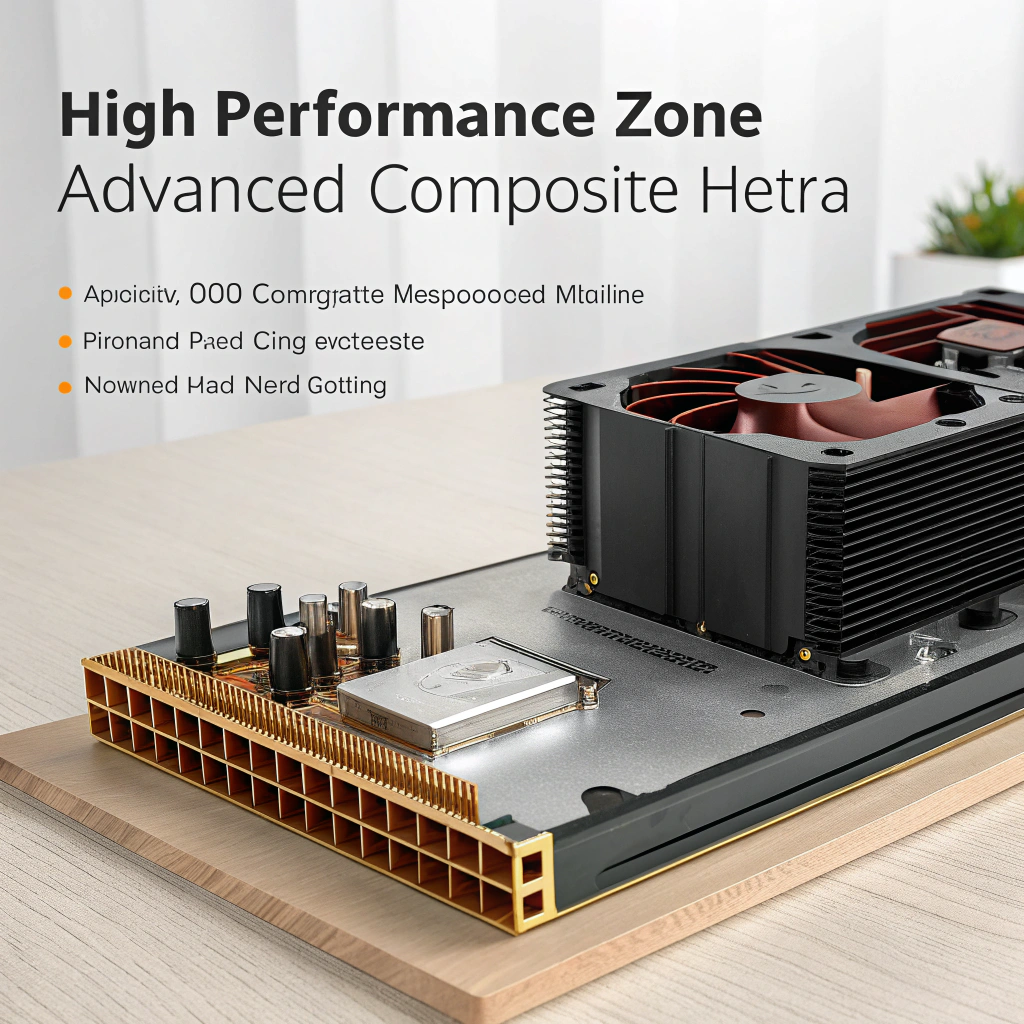
5G Frequency Design Considerations
| الميزة | Purpose in High-Frequency Use |
|---|---|
| EMC-safe coating | Reduces RF reflection or noise |
| Cutouts or insulation gaps | Prevents parasitic coupling |
| Grounding points | Maintains controlled EMI path |
| Shielding layer (optional) | Avoids interference in sensitive areas |
I avoid placing heat sinks too close to antennas. If needed, I insulate with thermal pads and place slits to break current paths. Coatings like anodizing also help reduce surface conductivity. For some modules, we use hybrid heat sink + RF shield assemblies.
Metal heat sinks can affect 5G signals if not shielded or grounded properly.صحيح
They may reflect or absorb RF energy.
Heat sinks should always be in contact with antenna surfaces.خطأ
That would interfere with RF operation and degrade performance.
What materials are preferred for 5G heat dissipation?
In 5G gear, light and fast heat transfer matter. The wrong metal adds weight or blocks air.
Aluminum is the most common 5G heat sink material, but copper, graphite, and hybrid composites are used for high-performance zones.
جدول مقارنة المواد
| المواد | التوصيل الحراري | الوزن | التكلفة | حالة الاستخدام |
|---|---|---|---|---|
| ألومنيوم (6061/6063) | 150–230 W/m·K | خفيف | منخفضة | Most 5G base station heat sinks |
| النحاس | ~390 W/m·K | ثقيل | عالية | Base plates and hot spots |
| Graphite sheets | 600–1000+ W/m·K (lateral) | خفيف جداً | Mid-high | Thermal spreaders inside modules |
| AlSiC composite | ~180 W/m·K | منتصف | عالية | Critical RF module bases |
| Vapor chambers | Directional transport | منتصف | Mid-high | For top-level cooling or thin zones |
I often combine materials: aluminum for structure, copper or graphite for spreading. In compact modules, graphite is a good fit—it’s thin and efficient. For outdoor 5G gear, I anodize aluminum to avoid corrosion.
Aluminum is the most widely used material for 5G heat sinks.صحيح
It offers a good balance of thermal conductivity, weight, and cost.
Plastic is preferred for 5G module cooling due to weight savings.خطأ
Plastic has poor thermal conductivity and is rarely used in critical cooling.
الخاتمة
5G demands smarter, stronger, and lighter cooling solutions. With the right heat sink design—optimized for power, size, EMI, and materials—you keep performance high and temperature low.



